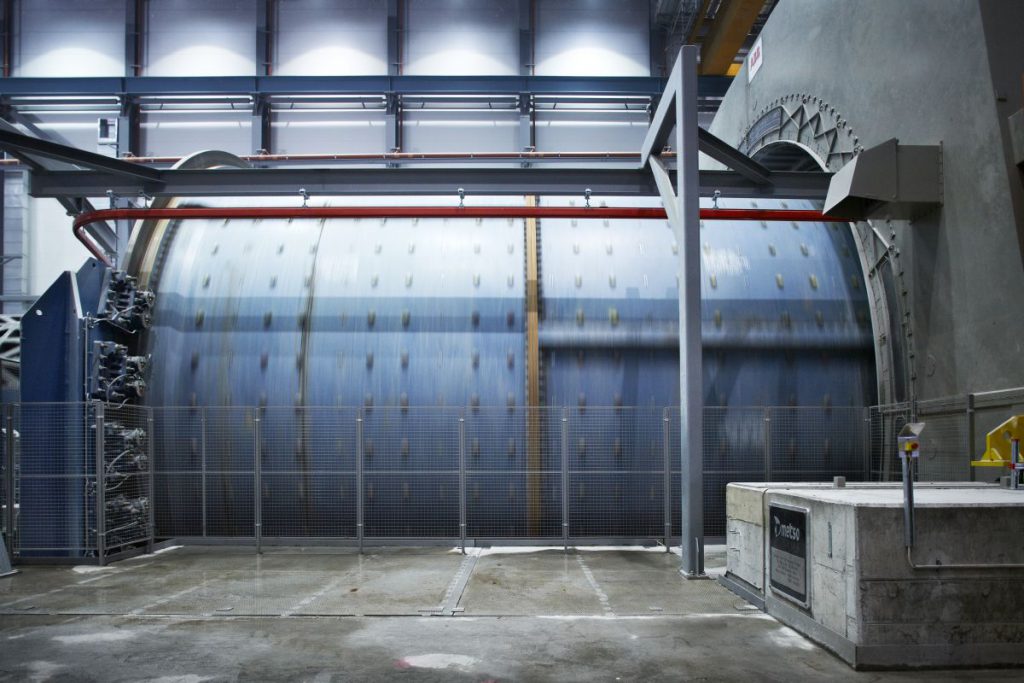
Dropped charge, also known as frozen or locked charge, occurs when solidified material inside a horizontal grinding mill does not cascade when the mill starts rotating at start up. Instead, it is lifted and then free falls onto the mill shell. Dropped charges experienced in large ball mills can be heard and felt hundreds of meters away and can be confused with an explosion or earthquake on-site, such is the force of the impact. In many cases, these types of events can cause permanent damage and deformations to the mill shell and its flanges, leading to unplanned downtime.
Horizontal grinding mills are typically used to break and grind rocks that contain minerals. To help the grinding process, water and steel balls are added to the process which then form the charge in the mill. Ball mill charge contains a significant amount of steel balls and can become extremely heavy. For example, a large 24 foot (7.3 m) diameter ball mill charge typically weighs around 2 million lbs (907 tons). Even though Semi Autogenous Grinding (SAG) and Autogenous Grinding (AG) mill charges contains less balls and no steel balls respectively, their large mill volumes can become quite heavy as well. In all three cases (Ball, SAG or AG mill), when the equipment is stopped, the material inside can dry up over time to form a solidified charge. When the mill is restarted, the solidified charge needs to break and tumble, otherwise a problematic dropped charge can form.
Mill shells are typically manufactured out of mild steel. The elastic limit of the mill shell material is typically at least 6 times the mill operating stress. In fact, when a dropped charge breaks flanges, we know that the impact loads have exceeded the material tensile limits. Therefore, a dropped charge resulting in damage to the shell or flanges, suggests that the impact loads are more than 6 times the operating loads.
Most mills are not designed to withstand a dropped charge. Based on the estimated impact loads, the mill components would need to be thickened to at least four times their original values to withstand a typical dropped charge. This would make the cost of mill components prohibitive and energy inefficient. As will be discussed below, it is possible to eliminate dropped charges without a need to redesign the mills, by considering two possible preventive solutions…
Read the entire article on metso.com: Keeping an eye out for grinding mill dropped charge and two ways to prevent it.
Comments